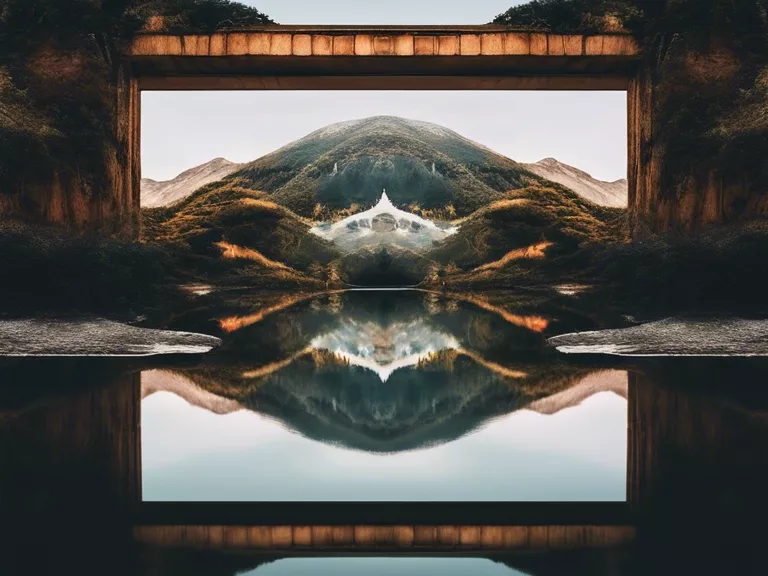
A Beginner’s Guide to Using Focus Stacking for Macro Photography
When capturing images of small subjects in macro photography, achieving proper focus can be a challenge. One technique that can help overcome this obstacle is focus stacking. In this guide, we will walk you through the basics of focus stacking for macro photography.
What is Focus Stacking?
Focus stacking is a technique where multiple images taken at different focus points are combined into a single image using software. By merging these images, you can achieve a greater depth of field than would be possible with a single shot, resulting in a sharp image from front to back.
How to Use Focus Stacking for Macro Photography
- Set up your camera on a tripod to ensure stability.
- Select your subject and compose your shot.
- Set your camera to manual focus mode.
- Take a series of photos at different focus points, focusing on different parts of the subject.
- Use software such as Adobe Photoshop or Helicon Focus to stack the images together.
- Adjust the stacking settings to ensure a seamless blend of the images.
- Save the final stacked image.
Tips for Successful Focus Stacking
- Use a remote shutter release or set a timer to minimize camera shake.
- Pay attention to lighting and ensure consistency across all photos.
- Experiment with different focus points to capture every detail of the subject.
- Practice patience and take your time to ensure a successful stack.
- Don’t be afraid to make adjustments in post-processing to refine the final image.
Conclusion
Focus stacking is a valuable technique for macro photographers looking to capture intricate details with clarity. By following this beginner’s guide, you can start using focus stacking to enhance your macro photography skills and create stunning images of small subjects.


